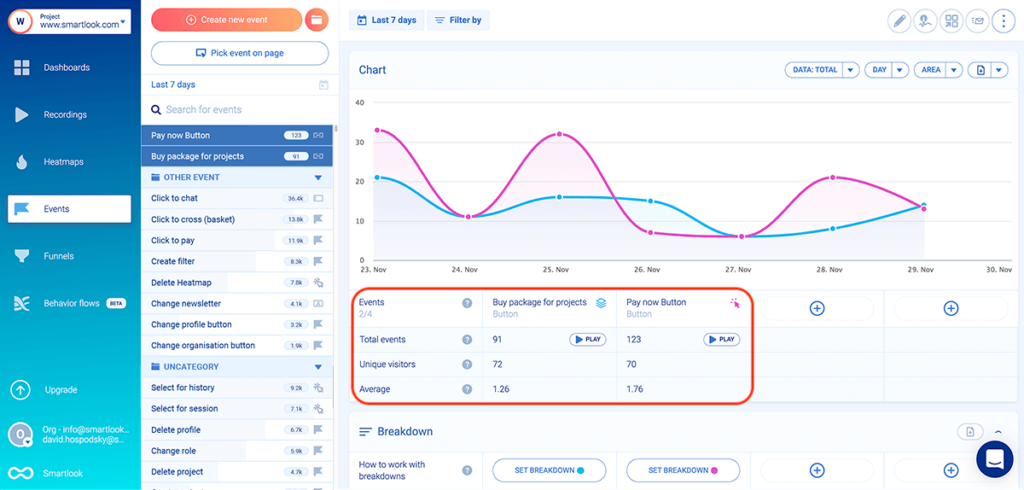
Tracking user activity on a website involves the use of various tools and technologies to monitor and understand how visitors interact with the site.
Here are some Common Methods used to Track user Activity:
Analytics Tools: Websites commonly integrate analytics tools like Google Analytics, Adobe Analytics, or Matomo (formerly Piwik). These tools track and analyze user behavior, providing insights into metrics such as the number of visitors, pages visited, time spent on each page, and the source of the traffic.
Cookies: Websites use cookies to track user activity. These small pieces of data are stored in the user's browser and help in recognizing returning visitors, remembering user preferences, and tracking their movements within the site.
Event Tracking: Event tracking is used to monitor specific actions on a website. For example, tracking clicks on certain buttons, form submissions, video views, or downloads. This helps in understanding user engagement.
Session Tracking: Websites track user sessions, which include the duration a user spends on the site, the sequence of pages they visit, and their actions within a specific timeframe. This information is valuable for analyzing user flow and optimizing the site's structure.
IP Address Logging: Websites may log IP addresses to understand the geographic location of visitors and sometimes to identify recurring visits from the same user.
Heatmaps and Session Recordings: Heatmaps and session recordings are tools that visually represent user interactions. Heatmaps show which areas of a page get more attention, while session recordings capture actual user sessions for analysis.
A/B Testing: A/B testing involves creating multiple versions of a webpage and tracking which version performs better based on user interactions. This helps in optimizing site design and content.
User Accounts and Sign-ins: Tracking user activity is more straightforward when users are logged in. Websites monitor the actions taken by users with accounts, including the pages they visit, items they purchase, or content they interact with.
Third-Party Tools: Websites integrate third-party tools for various purposes, such as social media plugins, advertising networks, or customer relationship management (CRM) systems. These tools often provide additional tracking and analytics capabilities.
These methods collectively offer insights into user behavior, allowing website owners and marketers to optimize their websites, understand user preferences, and improve the overall user experience. It's important for website owners to balance tracking with user privacy and adhere to data protection regulations. Users, on the other hand, can often manage and control tracking by adjusting their browser settings or using privacy-enhancing browser extensions.
Thank you.